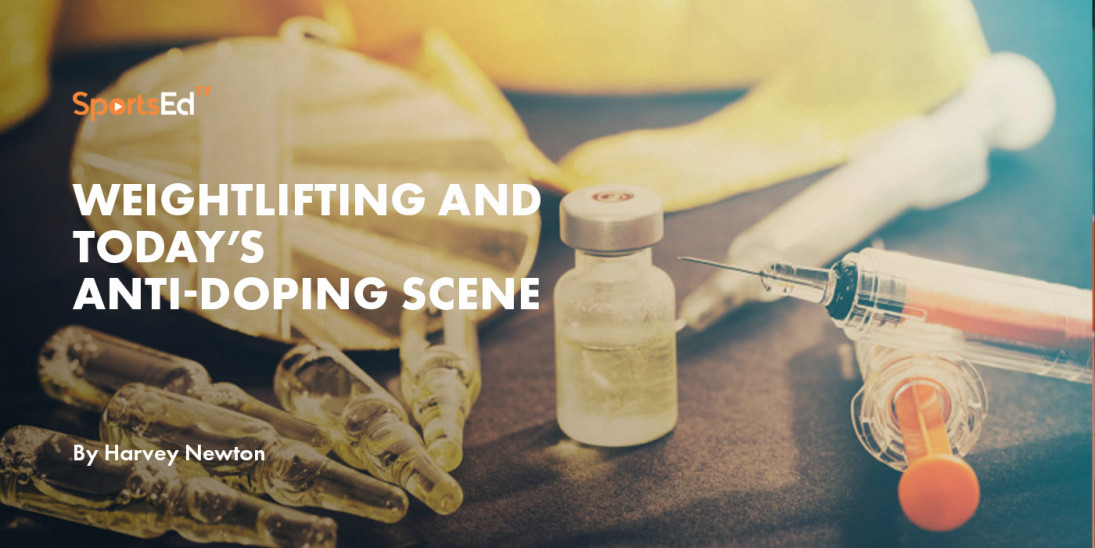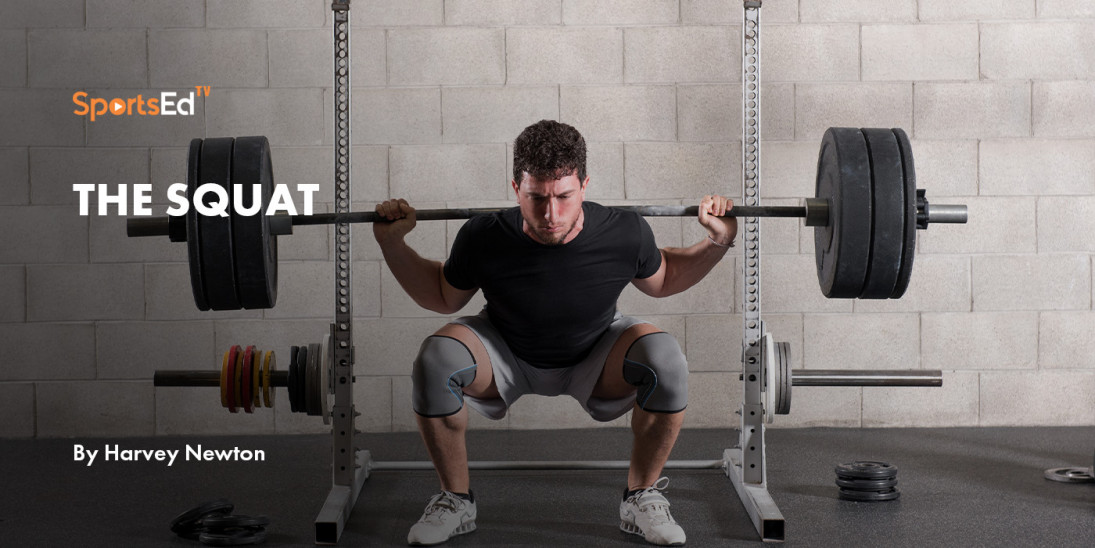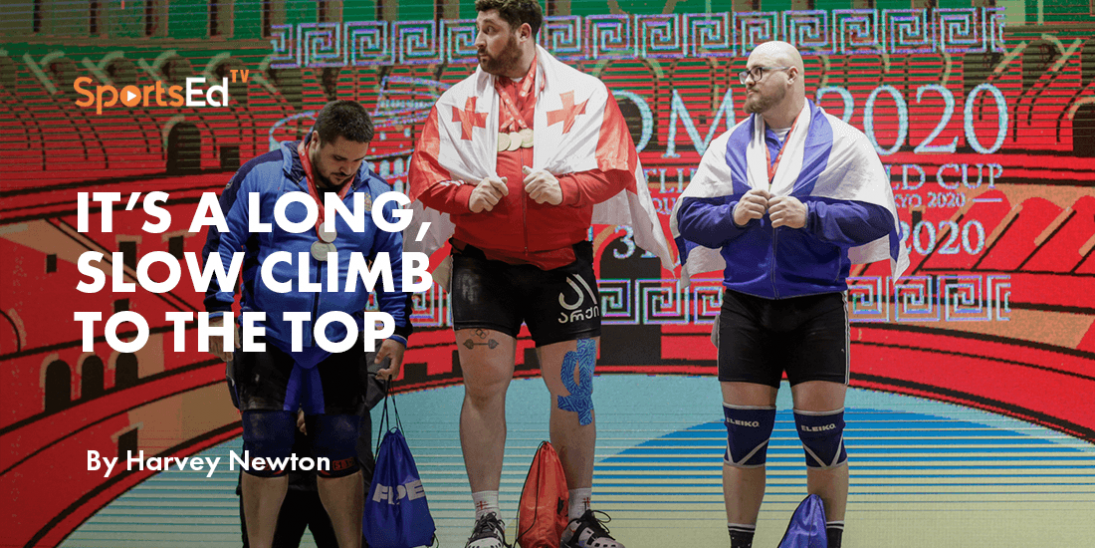Weightlifting
Welcome and thanks for visiting...

Weightlifting and Today’s Anti-Doping Scene

For several Olympic Games I have been privileged to assist NBC Sports with their Games coverage of our favorite sport. I offer apologies for not remembering the insightful person at our last gathering that poised this question: “Want to know who won the gold in (fill in the blank) weight category in Rio in 2016? Wait until 2024 in Paris to find out!!”
Weightlifting today finds itself in the crosshairs of the International Olympic Committee and the World Anti-Doping Agency (WADA). It is important to realize that our sport did not need to find itself in this position, but under the current conditions, weightlifting’s future in the Olympic Games is not guaranteed. What has caused this situation?
With credit to Sir James Dalberg-Acton and his 19th Century insights, as we evaluate the current state of international weightlifting, it is tempting to consider his wise words: “Power tends to corrupt, and absolute power corrupts absolutely.”
We can modernize this concept with the reported words of Nobel Peace Prize laureate and Burmese politician, Aung San Suu Kyi, “It is not power that corrupts but fear. Fear of losing power corrupts those who wield it and fear of the scourge of power corrupts those who are subject to it.”
Today the sport of weightlifting finds itself in a bit of a fog as to its future in the Olympic Games program. Readers can avail themselves of current headlines with a quick online check for the latest news. Since this fluid situation changes almost daily, the topic seems appropriate for a SportsEdTV blog.
Regardless of our sport’s future, weightlifting has many admirable traits associated with it. In spite of the current damning headlines aimed especially at weightlifting’s international leadership, lifting remains a great sport for personal improvement. Weightlifting training is a quick way to provide increased strength and power for other sports.
Our recent interview with Coach Gene Baker and the topic of the former Soviet Union’s suggested “17 things” list for recovery has created a lot of interest from our audience. Not surprisingly, given the times (the mid-1980s, when doping was rampant in many sports), the use of anabolic-androgenic steroids (AAS) was the #1 recovery aid on the list. Despite the passage of 35 years and greater anti-doping efforts, one might wonder: how is it that the sport has not cleaned up its act?
In order to better understand the current situation, let’s take a quick look at how we got here.
Historical Perspective
In the 1990s I taught several classes at the Center for the Study of Sport & Leisure at the University of Colorado, Colorado Springs. A popular course was Sport, Drugs, and Society, in which we examined past, present, and future developments related to performance-enhancing substances (PES), also known as performance-enhancing drugs (PED), to gain advantage in athletic events.
It is important to realize that attempting to obtain advantage over one’s competitors is not a new phenomenon. More than 2,000 years ago, the ancient Greeks utilized special diets that were considered stimulative. Fast-forward to several organized sports contested in the 19th Century, and we see many athletes risking their health, and in some cases their lives, to perform at a higher level.
Post-World War II and in the early 1950s weightlifting was dominated by the Americans, although the Soviet Union proved to be the sport’s heir apparent. It has been reported that American officials were informed in the 1950s of the Soviet system’s use of the male hormone, testosterone, for added muscular development. The race was on!
Why Anti-Doping Controls?
Anti-doping controls have evolved over time. The primary stated reasons associated with banning a particular substance or practice are: 1) risks to the athlete’s health, 2) ethics and sport (avoidance of cheating), and more recently, 3) legal considerations related to use of certain substances in countries where local laws prohibit such use.
The International Olympic Committee became concerned about PES usage and initiated anti-doping measures at the 1968 Olympic Games in Mexico City. At the time, testing weightlifters consisted mostly of the detection of stimulants. At the 1970 World Weightlifting Championships in Columbus, Ohio, nine lifters (mostly medalists in the first few classes) were initially disqualified for stimulant usage (they were later reinstated). While AAS was widely known to be in use by lifters and heavy athletics (throwers) at the time, no testing protocol was available.
The first AAS testing was applied at the 1976 Olympic Games in Montreal. Numerous weightlifters (and others) were found to be positive. Testing in that era remained a fairly inconsistent variable, and for some years following there was plenty of unofficial gossip going around as to how to “beat the test.” That lasted until 1983, when gas chromatograph-mass spectrometer testing replaced the previous radio-immunoassay protocol. GCMS proved quite accurate, and suddenly the game had changed.
Serving as our national coach during this time, I well remember one USA Olympian telling me in no uncertain terms that if he were placed on an island with his Eastern European counterpart, and no pharmaceuticals were available to either, that at the end of 30 days the American could beat the competition. Had we had a chance to conduct such an experiment I would have put my money on his competition. As it was, I simply shrugged off his assertion.
The Corner is Turned
With these improved testing methods suddenly everyone in the weightlifting (and other sports) world took notice. Sport was now playing in a different league. Which way would weightlifting tack?
- Readers should recognize that the US-led boycott of the 1980 Olympic Games in Moscow claimed to be the last “clean Olympics,” as no positive results were reported.
- At the 1983 World Weightlifting Championships in Moscow, twenty-three of thirty men’s world records were broken. The IWF reported two positive anti-doping results at this event. Sixty-six world records were broken during the year.
- According to World Weightlifting, four weightlifting positives resulted at the boycotted 1984 Los Angeles Olympic Games in which most of the Eastern bloc countries did not take part. No world records were broken. Years later, some inequities in the testing procedures were reported.
- Within a few weeks of the 1984 Olympic Games the boycotting countries had their “alternative” competition (Black Sea International, also known as the Friendship Games), in which twenty-seven male world records were broken. Reports exist of thirty records being broken, some apparently outside the competition. No positive doping results were reported.
Serving as USA Weightlifting executive director during this time, it appeared to me that the IWF was at a crossroads. The sport’s international leadership seemed cued to some of the games then used to avoid detection by various teams. For a short time, there seemed to be a new dedicated effort to create a level playing field. It also seemed that an increasing number of member nations accepted that the anti-doping measures were here to stay, and we should all “toe the line.”
During 1986, only six world records were established. Had the IWF leadership decided to clean up the sport? World records are one way to measure progress in a sport. As a member of the IWF Scientific and Research Committee in the late 1980s I was surprised when the IWF leadership proposed changing bodyweight categories. A rationale for this landmark idea was that existing world records would be frozen and new, drug-free records could be established. This was a wonderful idea, but needless to say it proved not to be the case. The same IWF concept, changing bodyweight categories in order to clean the slate has failed two more times, in 1998 and in 2018.
What’s Wrong with Good Competition, But No Records?
How important is the constant race for greater records? A quick look at athletics’ shot put and discus records offer an interesting perspective. Both events have been haunted by violations of anti-doping rules, but rather than change the weight of the objects thrown (an action not unlike changing weightlifting’s bodyweight categories), we now watch exciting, close competition, but no world records. The men’s shot-put record has been in the books since 1990, the women’s shot since 1987. In the discus, the men’s world record was established in 1986, the women’s in 1988.
It has been suggested that these records have failed to progress largely due to effective anti-doping controls, including particularly, out of competition testing. Is it not a bit strange that weightlifting is bound by similar testing guidelines, but our sport seems unwilling to accept great competition despite an absence of record-breaking performances?
The Situation Today
In the early days of competitive weightlifting, lifters on the podium often represented many countries. Today is different. Prominent lifting nations of the past are frequently relegated to sessions other than “A,” where nearly all medals are awarded. A casual observer might notice that in some recent instances, highly placed world championship team rankings include a number of countries that also place high on the list of IWF sanctioned federations.
We must reflect on the situation as it is presented to us today. One can easily read online the challenges currently taking place within our sport. There appears to be a group, made up perhaps of those with national, enforceable anti-doping controls that would like to again have a level playing field environment. Others appear, at least on the surface, willing to pay lip service to current anti-doping regulations while maintaining a superior performance advantage over the competition. This philosophy is, “Let’s win, but have no positives.”
In responding to increasing pressure, the IWF has made some attempts to publicly reflect a solid anti-doping posture. But the apparent willingness to bend/break/ignore systems in place to fight the doping scene is the challenge. Why a group like the IWF would engage in the reported violations of World Anti-Doping Agency policies is currently under investigation. Perhaps the IWF thought such actions would never be uncovered, and it’s merely a matter of business as usual.
This continued “cat and mouse” game between countries, organizations, coaches, and athletes to game the system (the bad guys) and the international organizations’ attempt to control PES use (the good guys) is not new. Generally, testing technology runs a bit behind attempts to continue to cheat. Technology usually catches up, as is seen in the recent retesting of collected samples obtained years earlier.
It seems there are some countries that wish to continue to establish records (and win!) as long as there are no positive results coming from the lab. This requires advanced technology in order to stay one step ahead of the folks in charge of policing the situation.
In order to gain control over the current anti-doping scene in international weightlifting, some changes must take place at the top. Efforts in recent years to change the IWF leadership have fallen short, with the continued appearance of a “good ol’ boys club” (females are not exempted from this old expression) attempt to maintain influence and call the shots. Many who have attempted to implement changes have found themselves suddenly on the outside, no longer in a position of influence. A few leaders have stepped aside, but many fights to remain in power. What comes of all this will be known in a few months.
Weightlifting’s future, at least at the Olympic Games, depends largely on what steps are taken to fall in line and compete cleanly at all levels. Stay tuned, we shall see.





